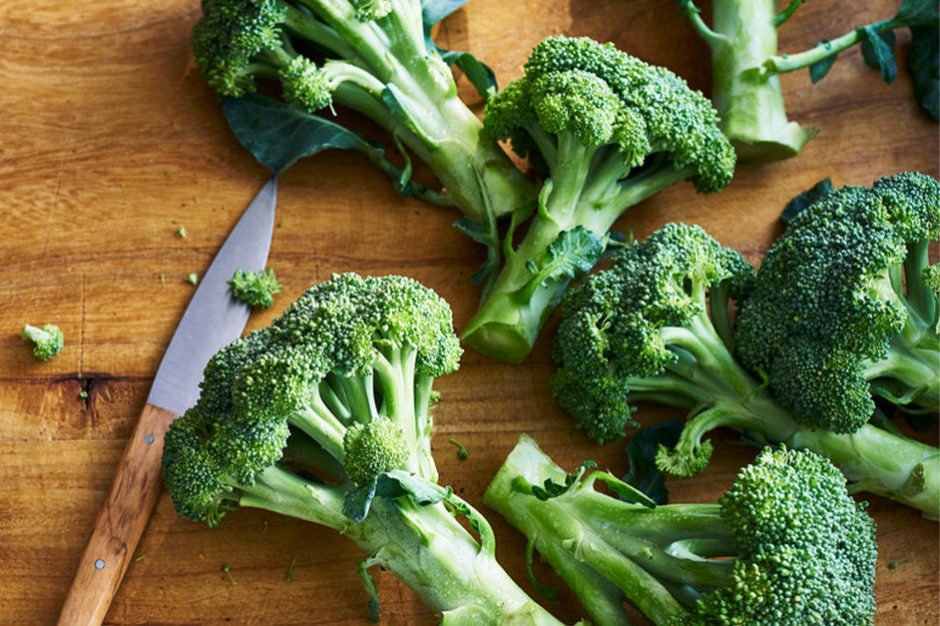Okra is a signature Southern ingredient whether fried, pickled, or grilled.
Did you know…
- Okra is a summer crop. Therefore in North Carolina, we only have a couple more weeks to enjoy fresh from the farm.
- Okra was first cultivated in southeast Asia, and early in the 19th century it became a staple vegetable on the southern mainland of America.
- Okra is freshest when the pods are firm and brightly colored.
- Okra comes in varying shades of green (there is also a new red variety), and can be smooth or have a ribbed surface.
- Keep okra in a plastic bag in the refrigerator for up to 3 days.
Why it’s so great for us
- A 100-gram serving of okra contains only 30 calories and zero saturated fats and cholesterol.
- Vitamin A keeps our eyes working, our immune system strong, and our cells growing.
- B Vitamins helps our cells grow and stay healthy.
- Vitamin C keeps our immune system strong and helps our bodies heal quickly.
- Vitamin K helps our bodies heal quickly.
- Fiber helps with healthy digestion and keeps us feeling full. Eating enough fiber has been shown to keep our hearts healthy too.
- Folate, or folic acid, helps our tissues grow and our cells work. Especially important for pregnant women.
Tips & Tricks
- Stovetop: Rinse okra and drain well. Bring a small amount of water to a boil in a saucepan. Add the okra and cover. Cook for 8-10 minutes or until tender. Drain okra and season with salt and pepper.
- Microwave: Put rinsed okra in a microwave-safe dish with 2 tablespoons of water. Cover and microwave on HIGH for 4-6 minutes or until tender. Drain well and season with salt and pepper.
- To prevent okra from becoming slimy, you can add vinegar or other acidic ingredients (like tomatoes) while cooking.
- Okra can be used as a substitute for zucchini in dishes.
- Okra tastes great in curries, sautés, and soups.



